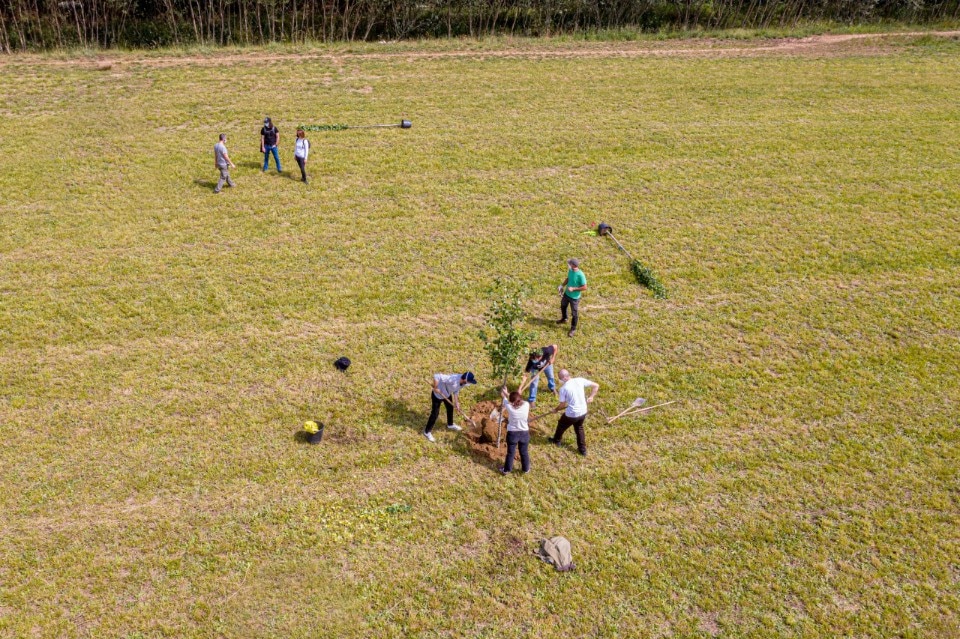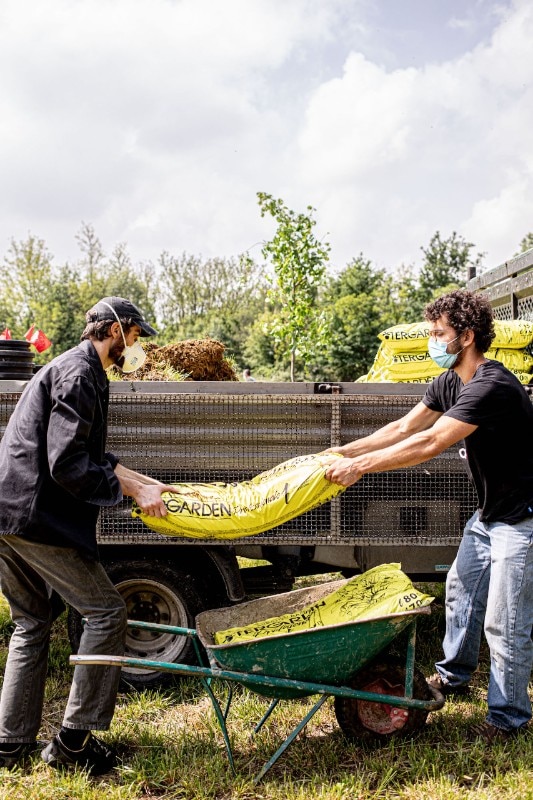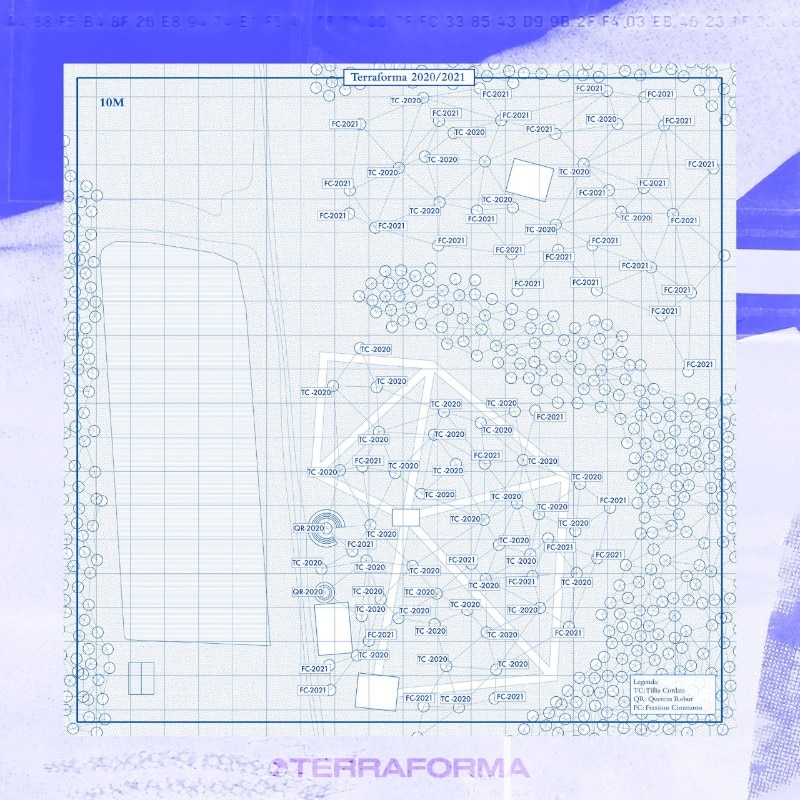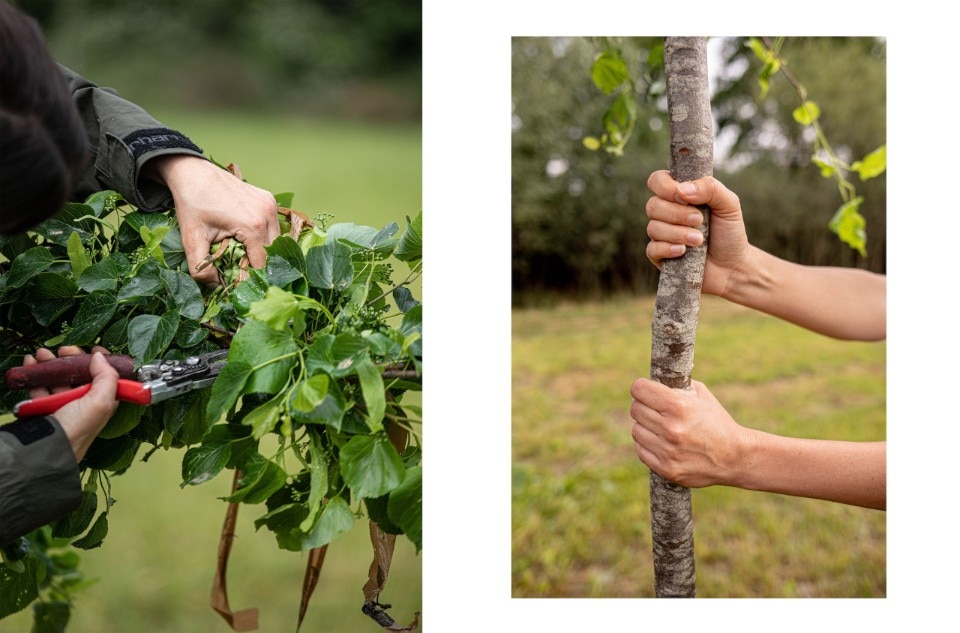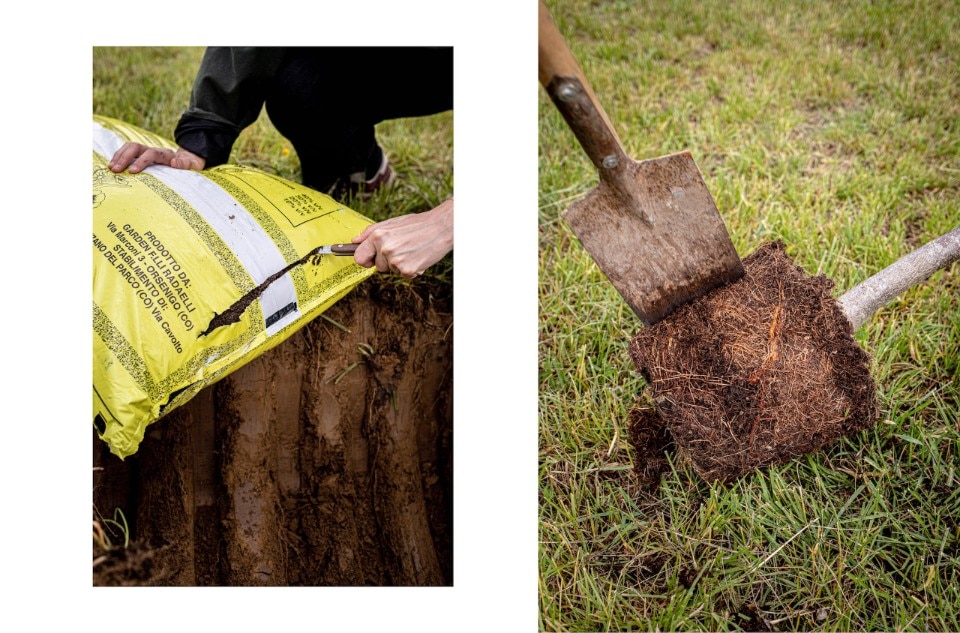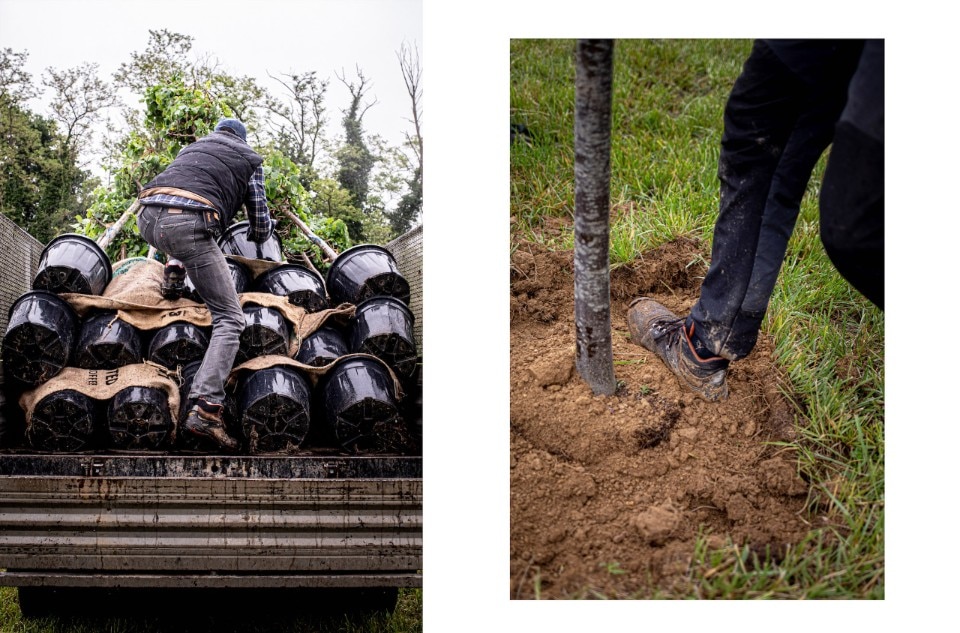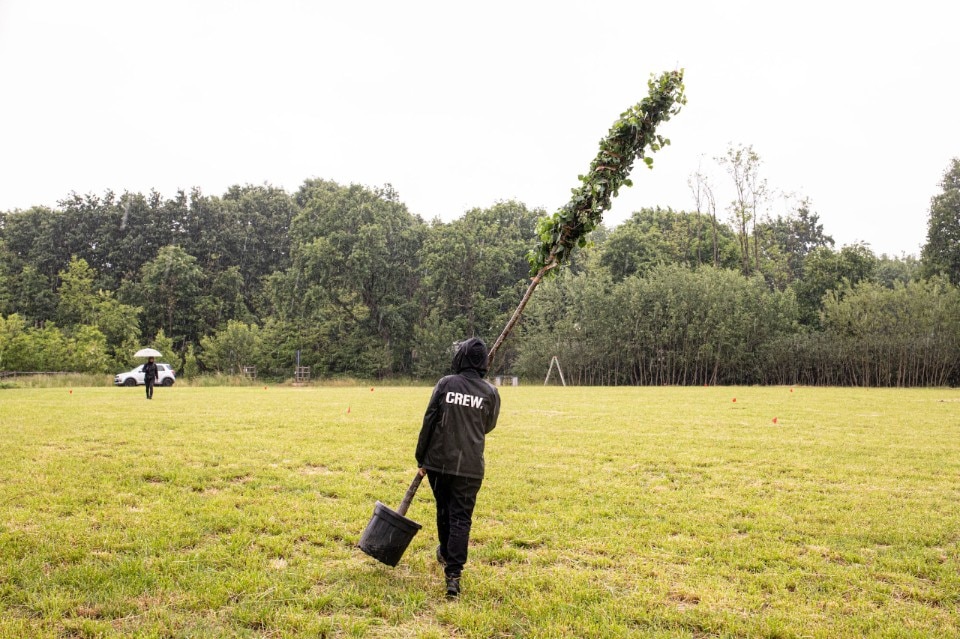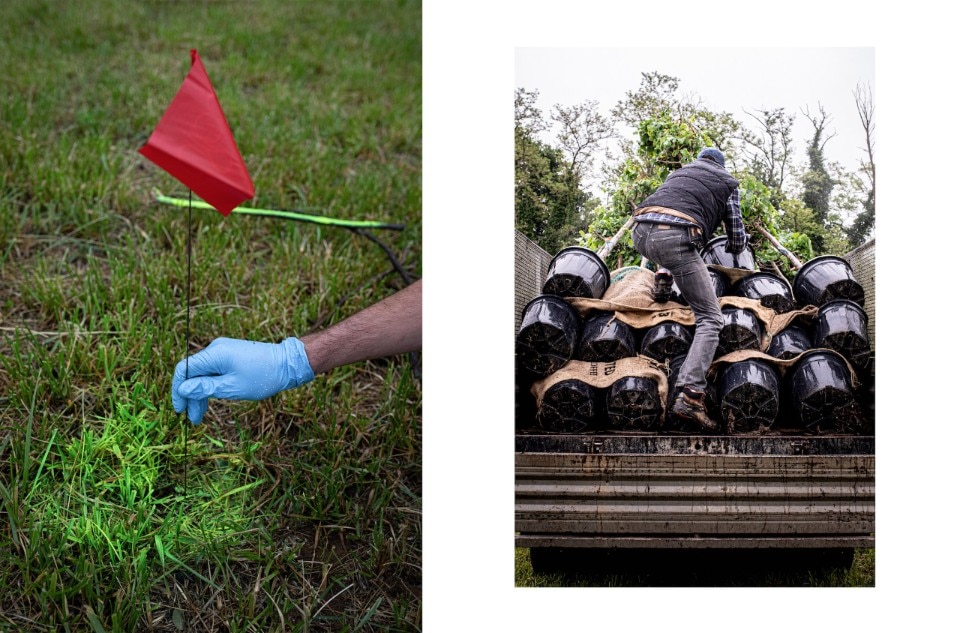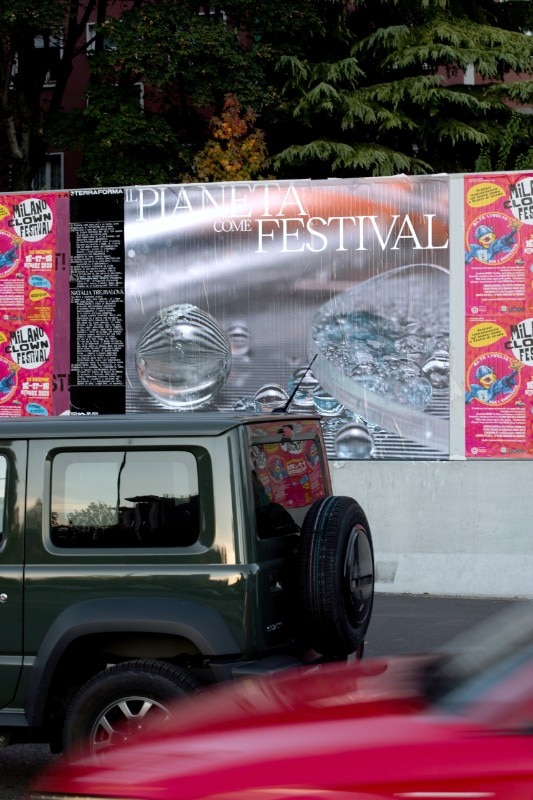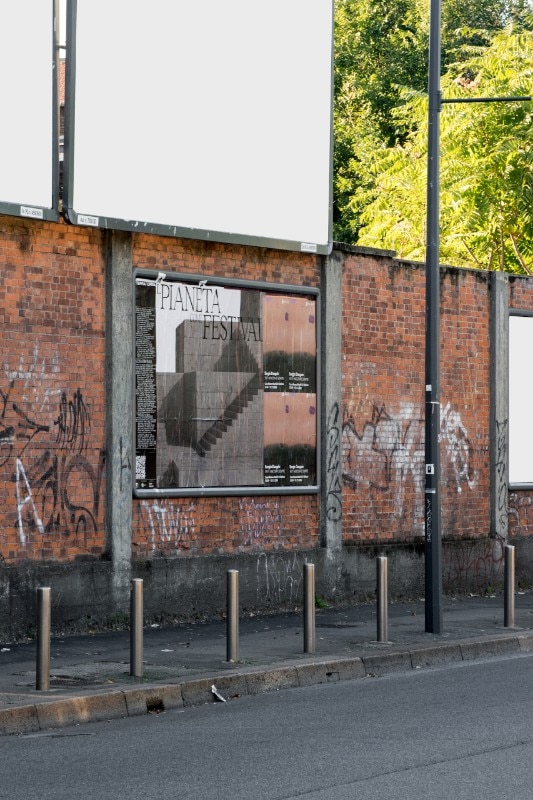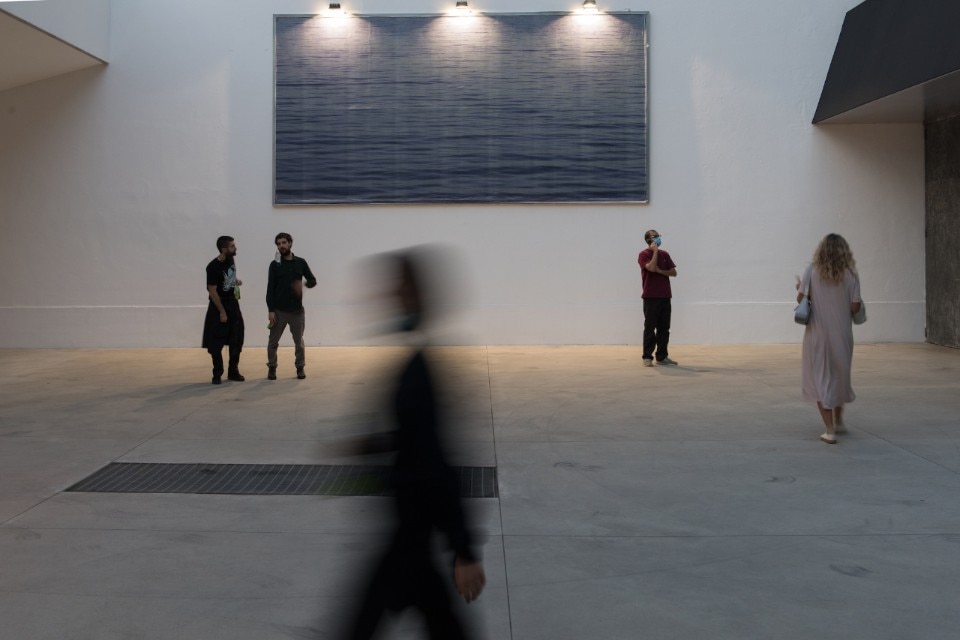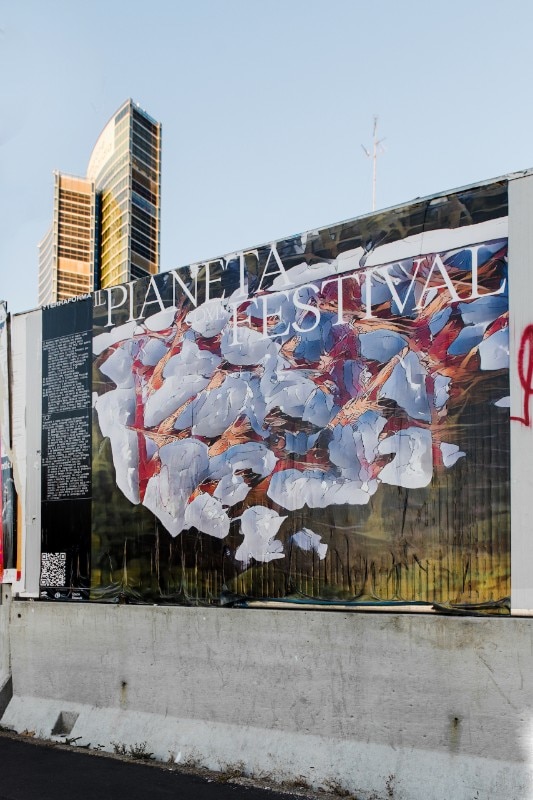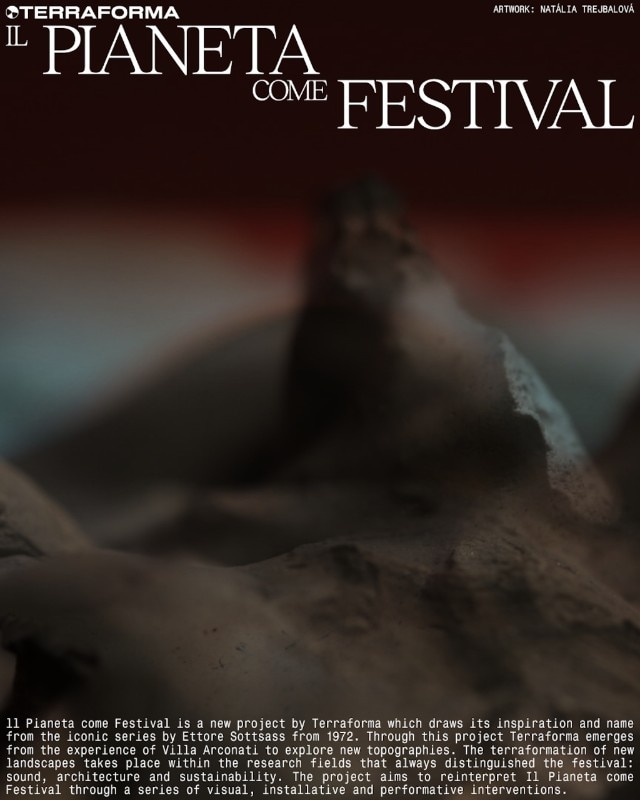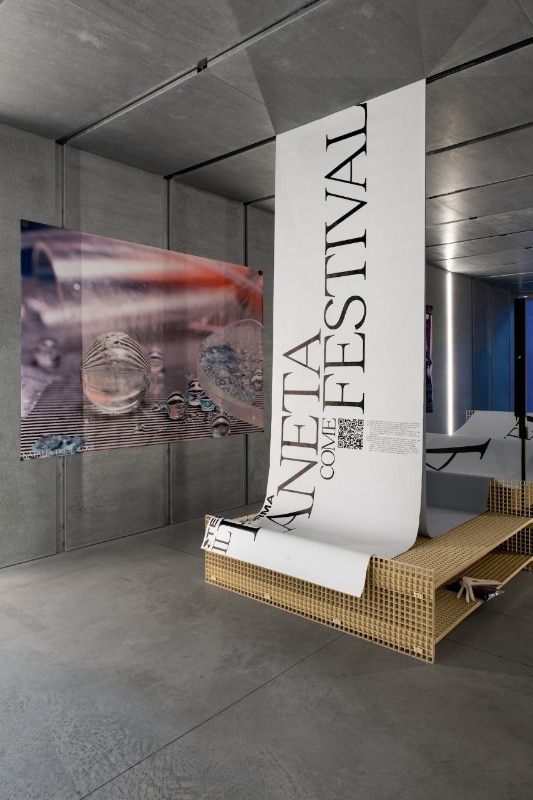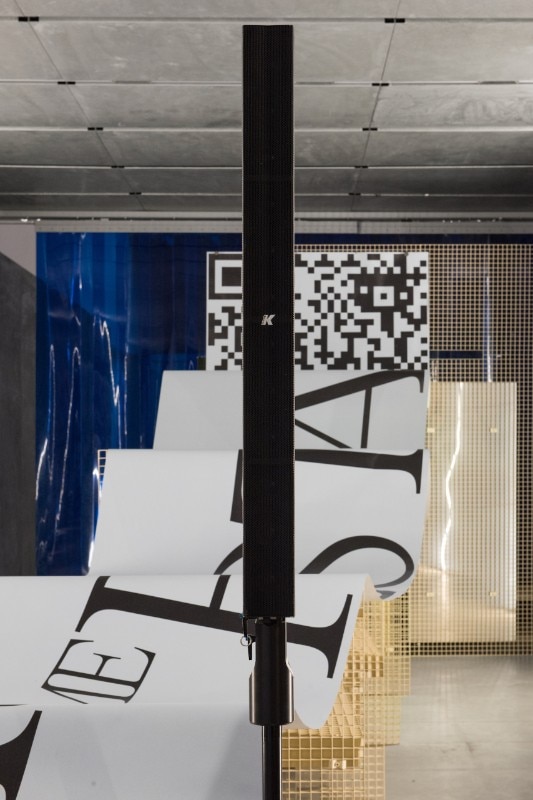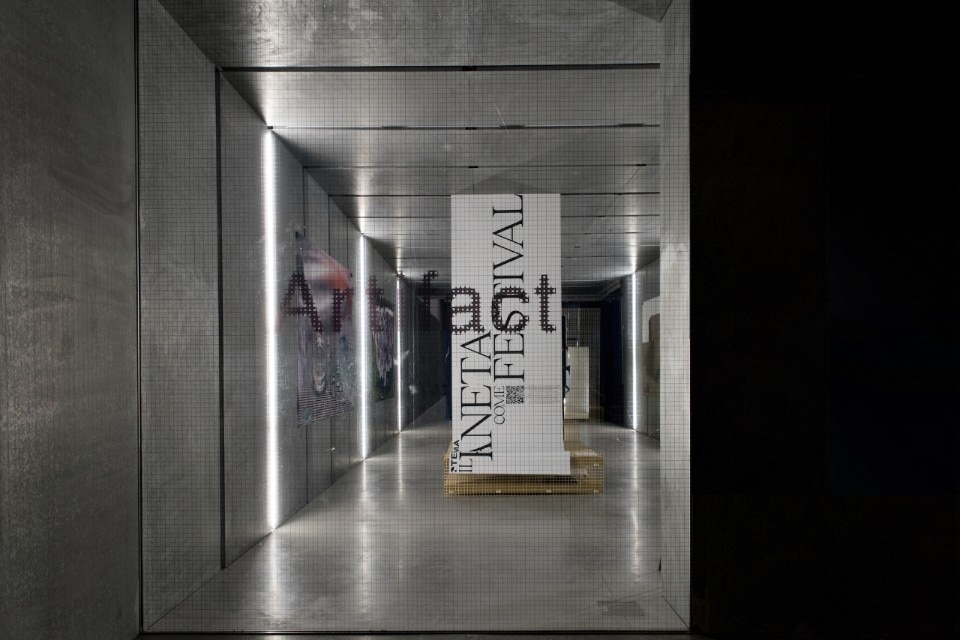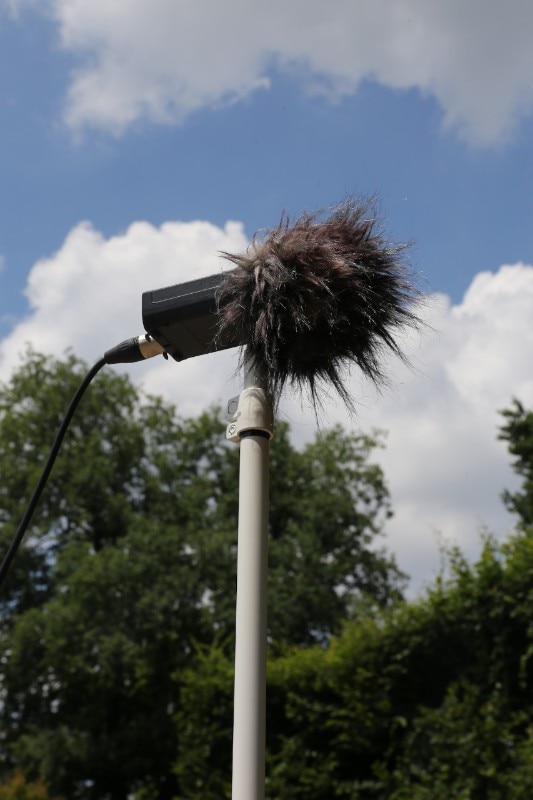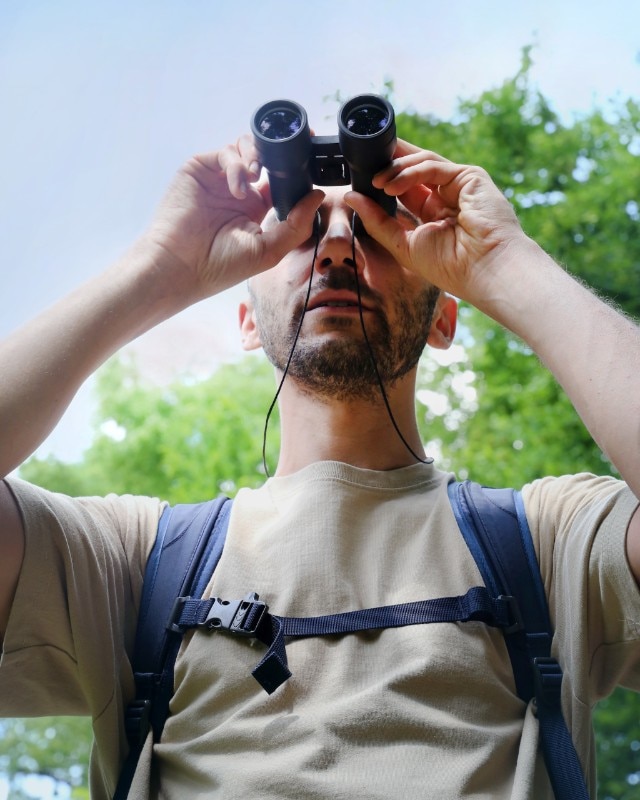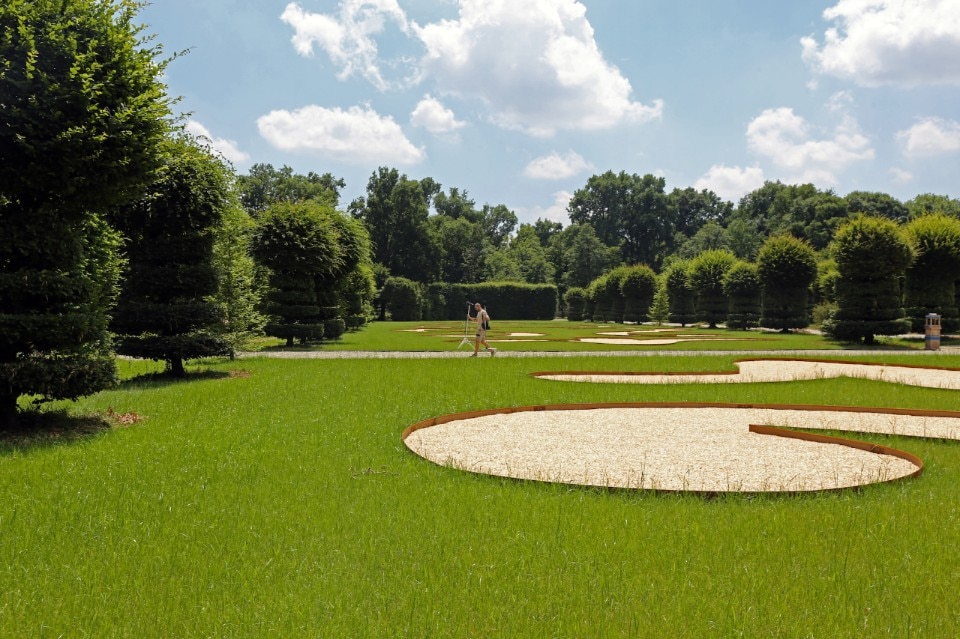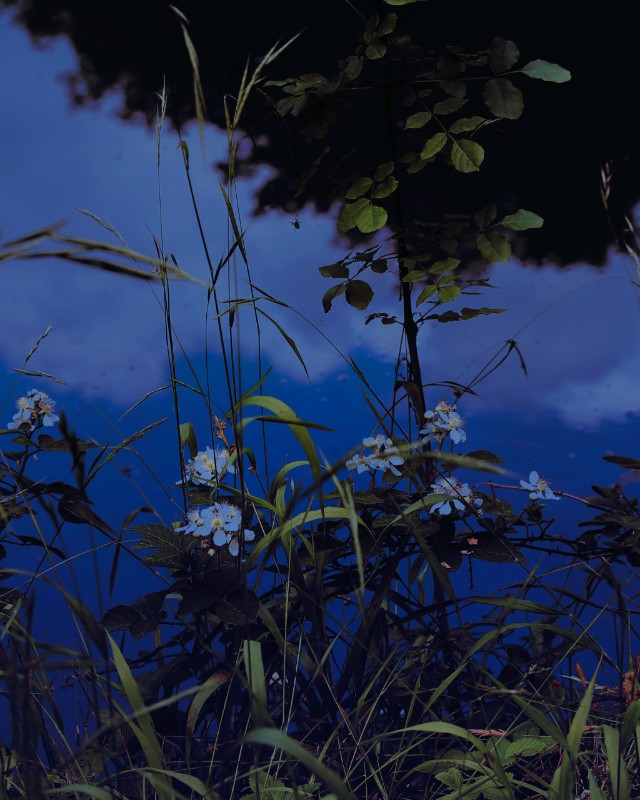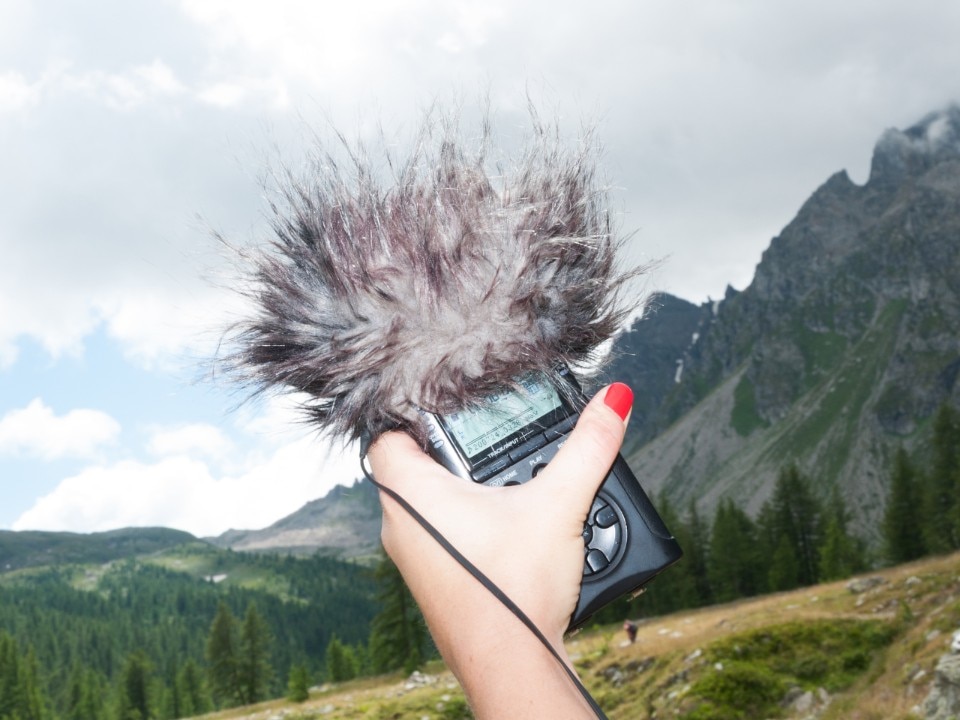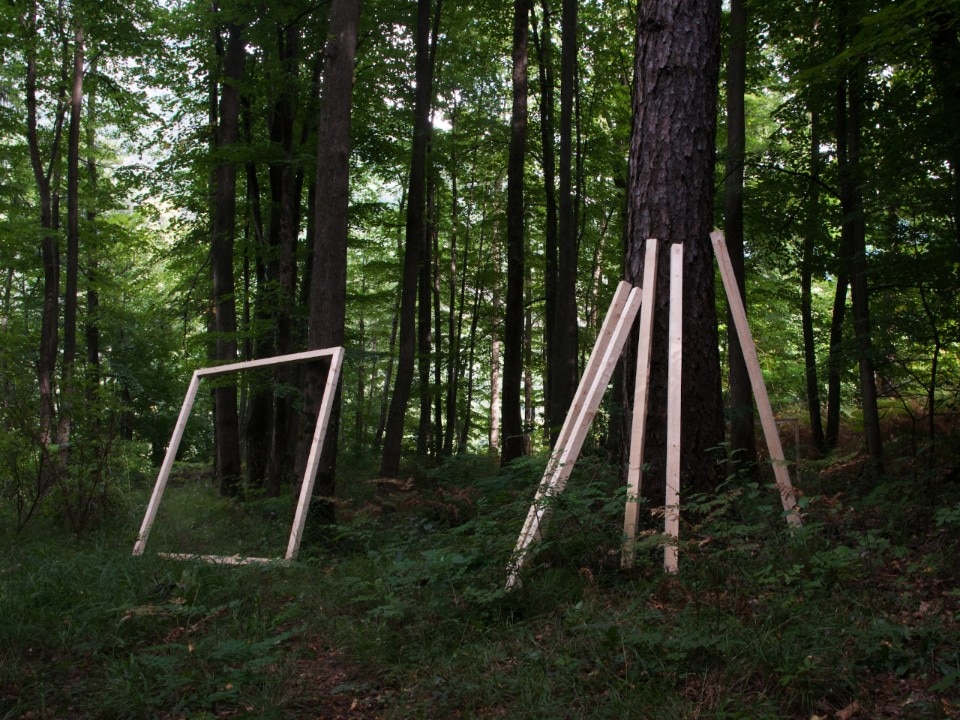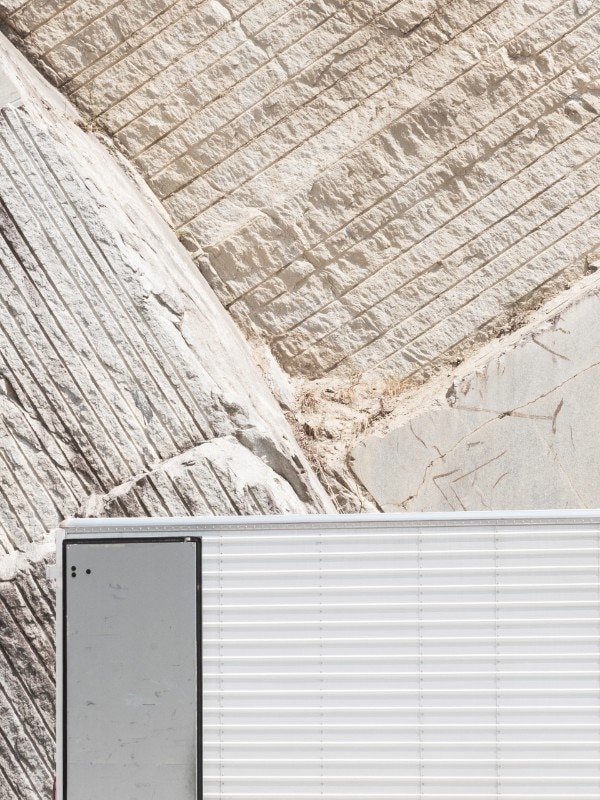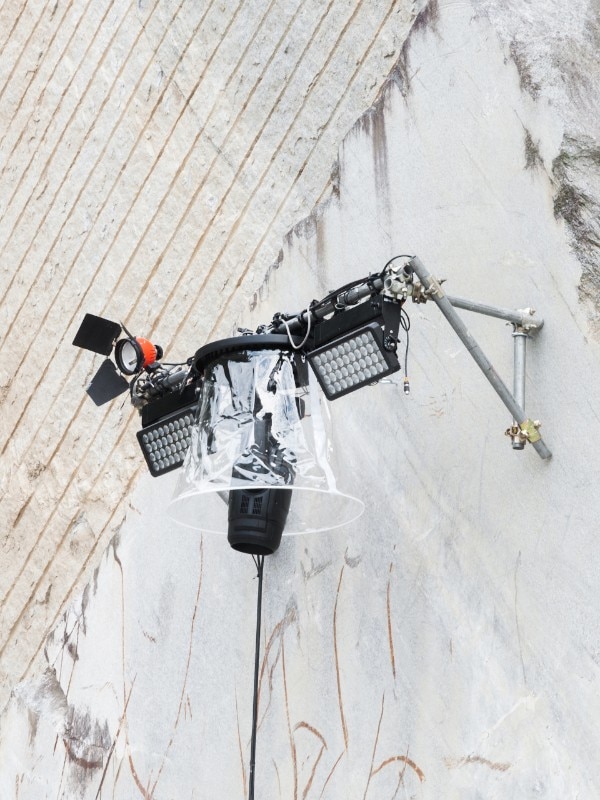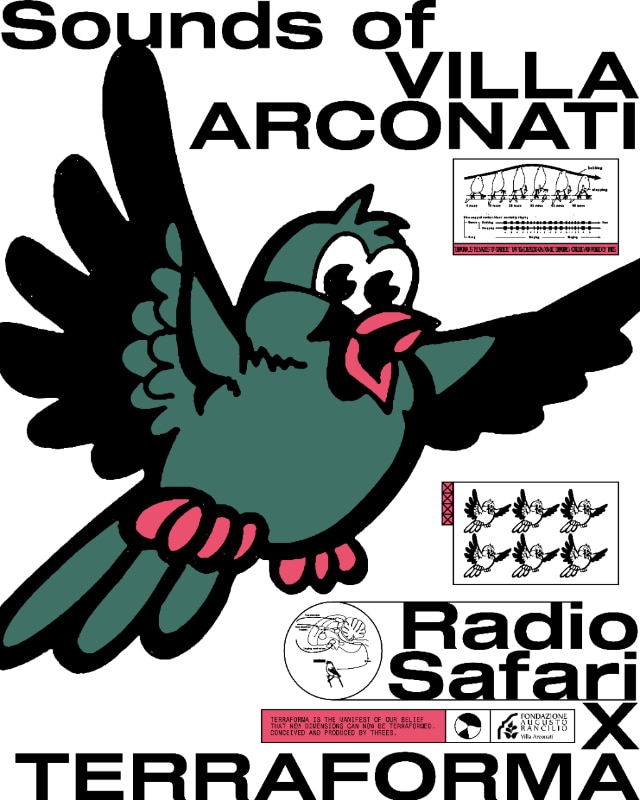Terraforma should had been held last July, had the pandemic not re-written the world of electronic music and festivals. Nonetheless, it was broadcast on Radio Safari a sound reconnaissance of the fauna of Villa Arconati, carried out by Niccolò Tramontana with the voice of Chiara Rizzo, exactly on the days the festival was scheduled. Ruggero Pietromarchi, founder of the festival, tells us how he reacted to the events: “Terraforma is trying to embrace the difficulties of the present, to make them its own, to transform and project them into the future.”
When the cancellation of all events was made official, the second life of the festival began, captioned in two key words: care and planning. In 2020 Terraforma entrusted the art direction of its architectural park to Space Caviar, Joseph Grima’s studio, and between one lockdown and another, The Planting Project took shape. Namely a project of reforestation of the camping area of the festival that draws inspiration from two episodes of 1982: the famous performance 7000 Oak Trees by Joseph Beuys at Documenta Kassel (where the German artist stacked 7.000 blocks of basalt in front of the Museum Fridericianum, each corresponding to an oak tree to be planted in the city and removing a block for each oak planted), and the publication of Cesare Leonardi's and Francesca Stagi's book The Architecture of Trees, an analysis of the anatomy of trees in relationship to their shade.
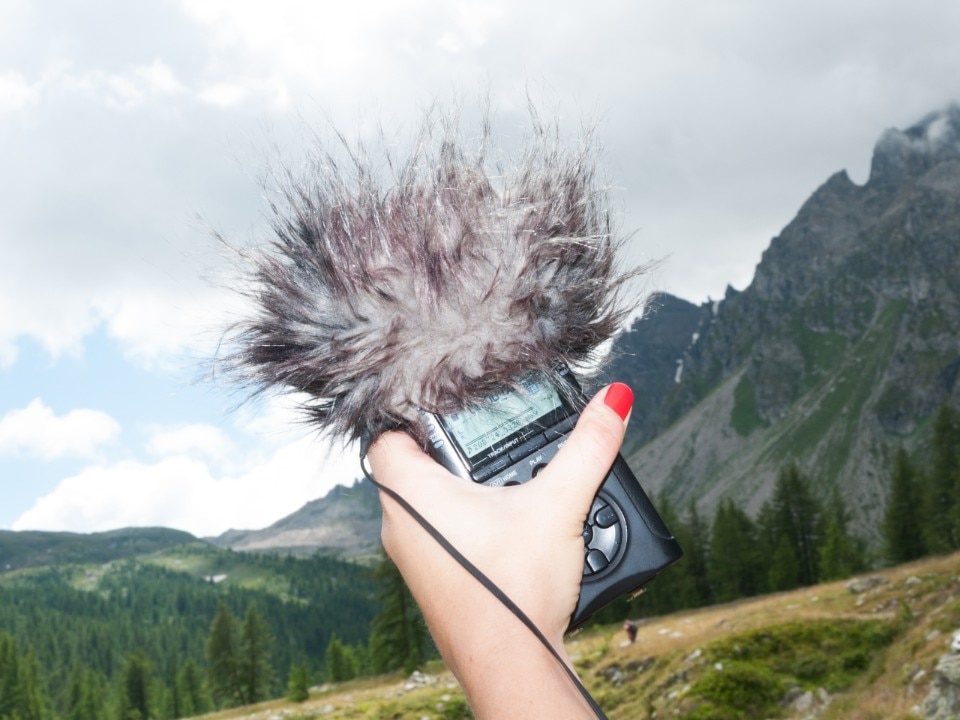
Space Caviar and Terraforma profitted from the downtime due to Covid to care for the space that over the years have generously hosted the musical evenings of the festival. They planted 45 linden trees, 45 ash trees and 10 oaks – all native species of the Parco delle Groane in west Milan, where Villa Arconati’s campground is located. Such endeavor was designed to be a natural continuation of the re-development project of the villa’s Eighteenth-century gardens first initiated with Fosbury Architecture’s project in 2016, supported by Borotalco, and aimed at the reconstruction of Marc’ Antonio Dal Re’s labyrinth, where 500 Carpinus Betulus specimens were lined.
In addition to The Planting Project, another artistic project has been launched in parallel, this time itinerant, entitled The Planet as Festival, taking its name from a series of writings done by Ettore Sottsass and published for Casabella in 1972. The initiative sees artists, musicians, performers and philosophers re-interpreting the notion of terraforming. Thus bringing back concepts of sustainability and architecture as the basis of a new approach for conceiving music festivals.
When will be the next edition of Terraforma?
Unfortunately, today I am not yet able to say much, but we are working to make the next edition happen, trying to take advantage of this moment of great complexity, trying to terraform this pandemic and make the festival more and more sustainable and aligned with the times. During the Covid this new project was born, which for the first time brought Terraforma and its language out of the frame of Villa Arconati, in Italy and abroad. In parallel we are taking care of its physical and natural spaces. This is how we are trying to recalibrate our balance within this new world.
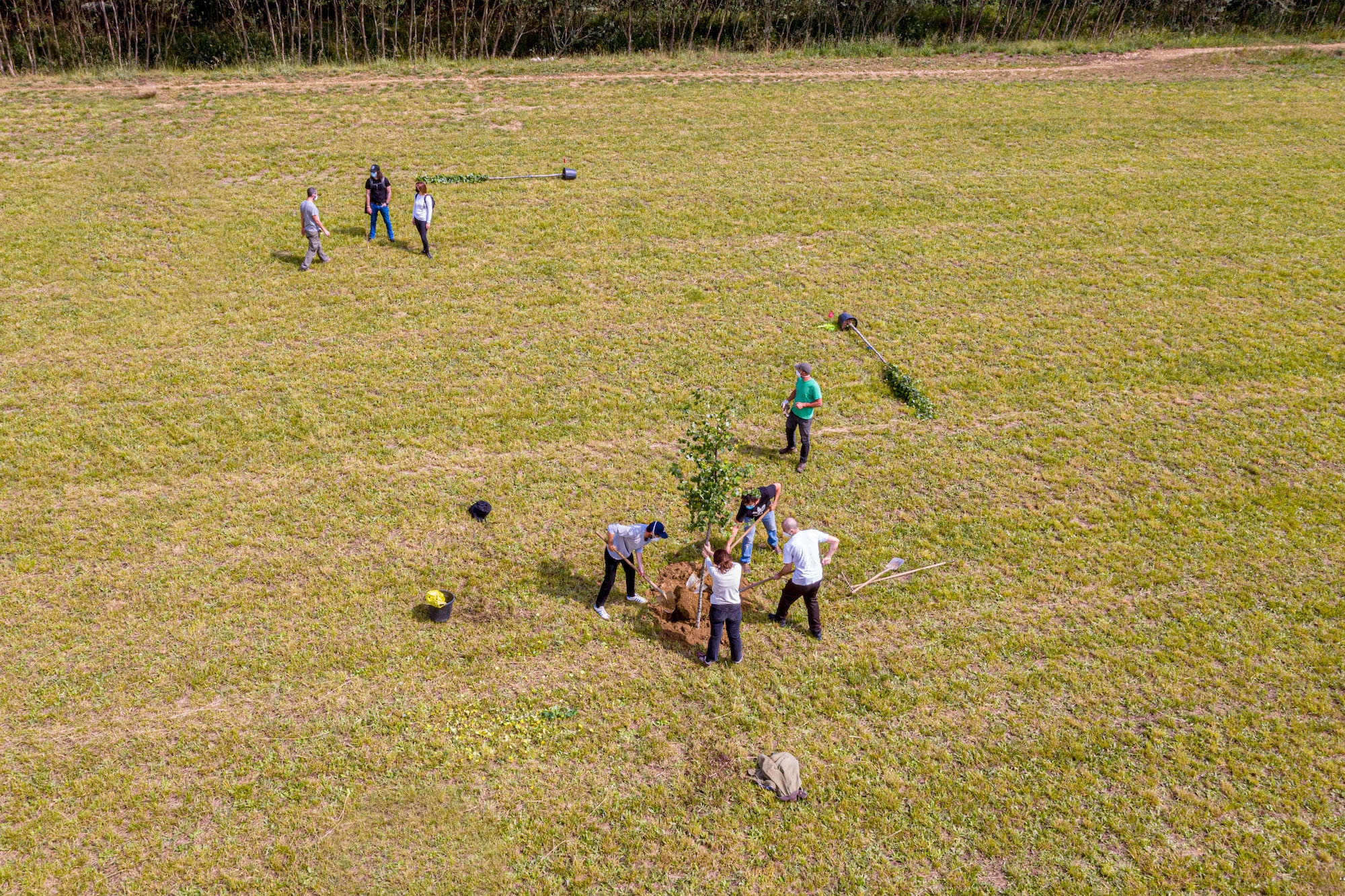
Nextones is another art and electronic music event curated by your agency Threes that takes place in a very particular place, that is the marble and granite quarries of Val d’Ossola. Here too the genius loci seems to dictate the shape of the festival.
Nextones is a collaboration with Tones on the Stones that has been going on for three years and that takes place in a very particular environment. Here we work on an audiovisual project about the relationship between sound and image, an artistic discourse that in the last few years has had great success and numerous derivations. Many artists have tried their hand at this kind of language, which we have preferred not to use at Villa Arconati in order not to affect its mainly sonic nature.
Since the beginning of Nextones we had noticed a criticality, that is, that the festival was itinerant: the quarries are an ambiguous territory in some ways because it is an industrial activity and not a truly natural setting, so it implied a serious responsibility on our part. Quarrying is an industry that over the years has undergone a great economic crisis in Italy, leaving behind many abandoned places that are spectacular natural settings. Together we have been able to identify the Beola di Monte Quarry and start a medium-long term project of reclamation and requalification. In this, the pandemic was an ideal moment to reflect on how to start this process, which was accompanied by moments of research and discussion with students, researchers, landscape architects, musicians and philosophers to imagine how to redesign this place while maintaining its natural aspect, and giving it back to the local community, thus making it a place of culture.
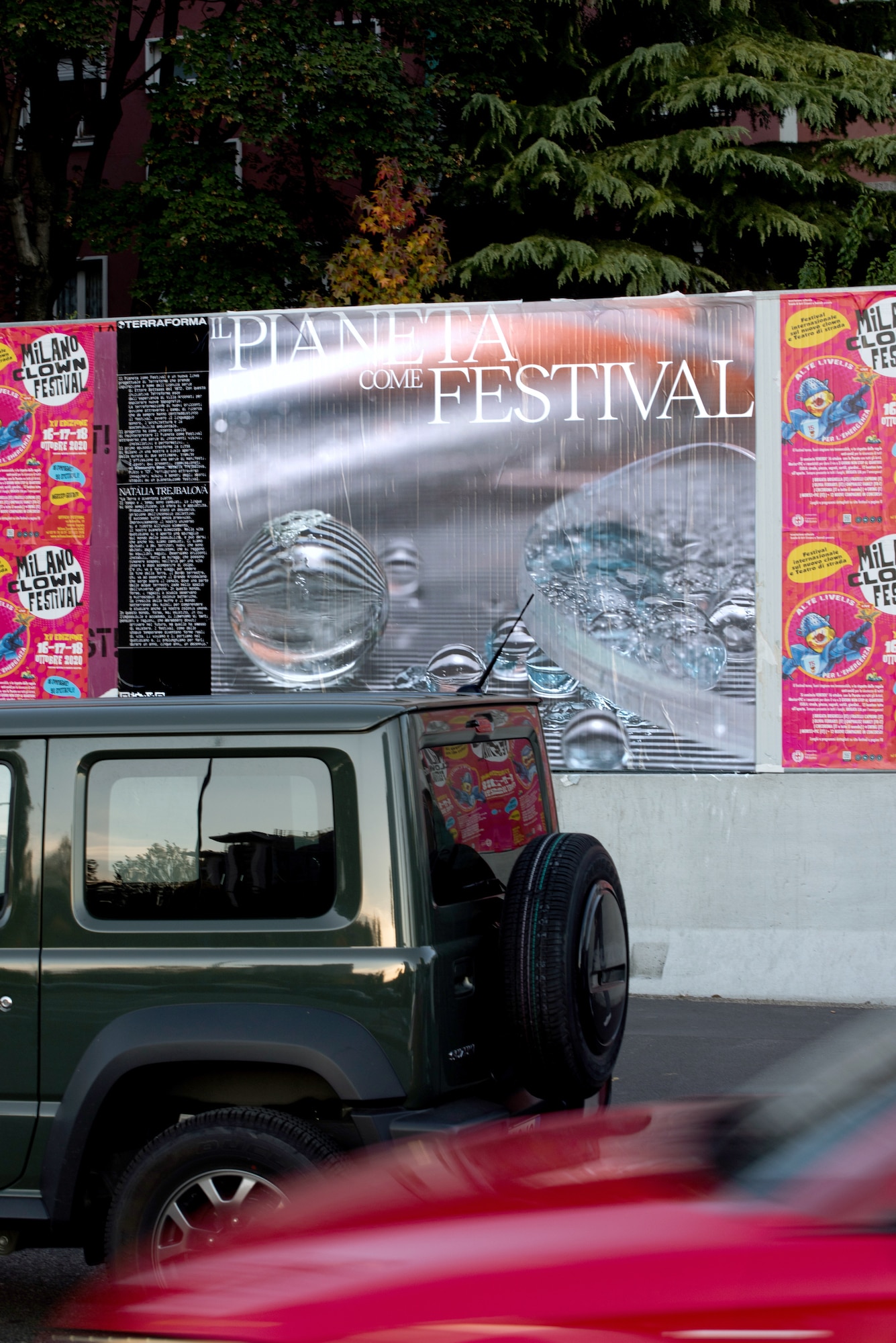
In taking care of places you bring the positive legacy of aggregation and sharing typical of festivals, as if you give that spirit back to the spaces. But what about the care of relationships and of being together? Will we simply return to live that dimension in a more beautiful and well-kept environment? What will happen to dancing, this ancestral practice of connection?
On the one hand, I am convinced that we will return to all kinds of sharing because that is what man is made of, I have no doubt. These first days of sunshine in Milan were enough to trigger the desire for sociality, and dancing is the strongest, most overwhelming expression of this, so it cannot be replaced, especially for our generation. Today, there is almost no talk of dancing, at least not in Italy: no reference to this category at an institutional level. Perhaps they are people who do not dance? Who haven’t danced? That don’t know what it means to dance? This is the only answer I gave to myself because I would not know what else to think. About the fact that it might come back in a better way I have some fear. I hope so, of course, but I believe that there will be drastic consequences on a social and psychological level, not to mention the economic one, so this makes me think that there could be a spasmodic return to old, unhealthy behaviours. It will be our duty to try to convey messages of positivity, of careness.
These months made me think of the baroque period in which English chamber music developed, a period in which it was forbidden to perform in public and music could only be enjoyed privately in bourgeois salons (hence the name) to defend oneself from plagues and religious persecution. Do you think that, at least in the near future, we will live a similar fate and we will have to get used to a downsizing of all these events?
This is something that we cannot define too much: it is mainly an institutional matter. You mentioned chamber music, I was studying the Bayreuth Festival linked to Wagnerian theater, which redefined the way of experiencing theater, which before was a shambles where the orchestra disappeared into the pit, to name one. The canons of enjoyment of a certain type of art and music were redefined here. It was a social stance. The public is not enough, the artists are not enough, the organizers are not enough, we are a bit at the mercy of the institutions, which must be sensitized, but we are confident in this. In the Municipality of Milan, for example, we have always found a willingness to help.
Has this hiatus given you any new thoughts or criticisms about the sustainable aspect of Terraforma?
Sustainability depends a lot on the scale at which you do things, the proportions. It’s scary to think about, but maybe the last Terraforma in 2019 had reached its limit, even though our numbers remain low. This pandemic requires us to redefine a scale that is much closer to a sustainability topic. Despite the difficulties, we’re excited to redesign a festival on a much smaller scale: we’re talking about halving the festival’s attendance. In terms of sustainability it gives us much more ground for experimentation because we could more easily implement certain discourses and have a more timely measurement. We are setting the festival in that direction and more sustainable projects will come from that.
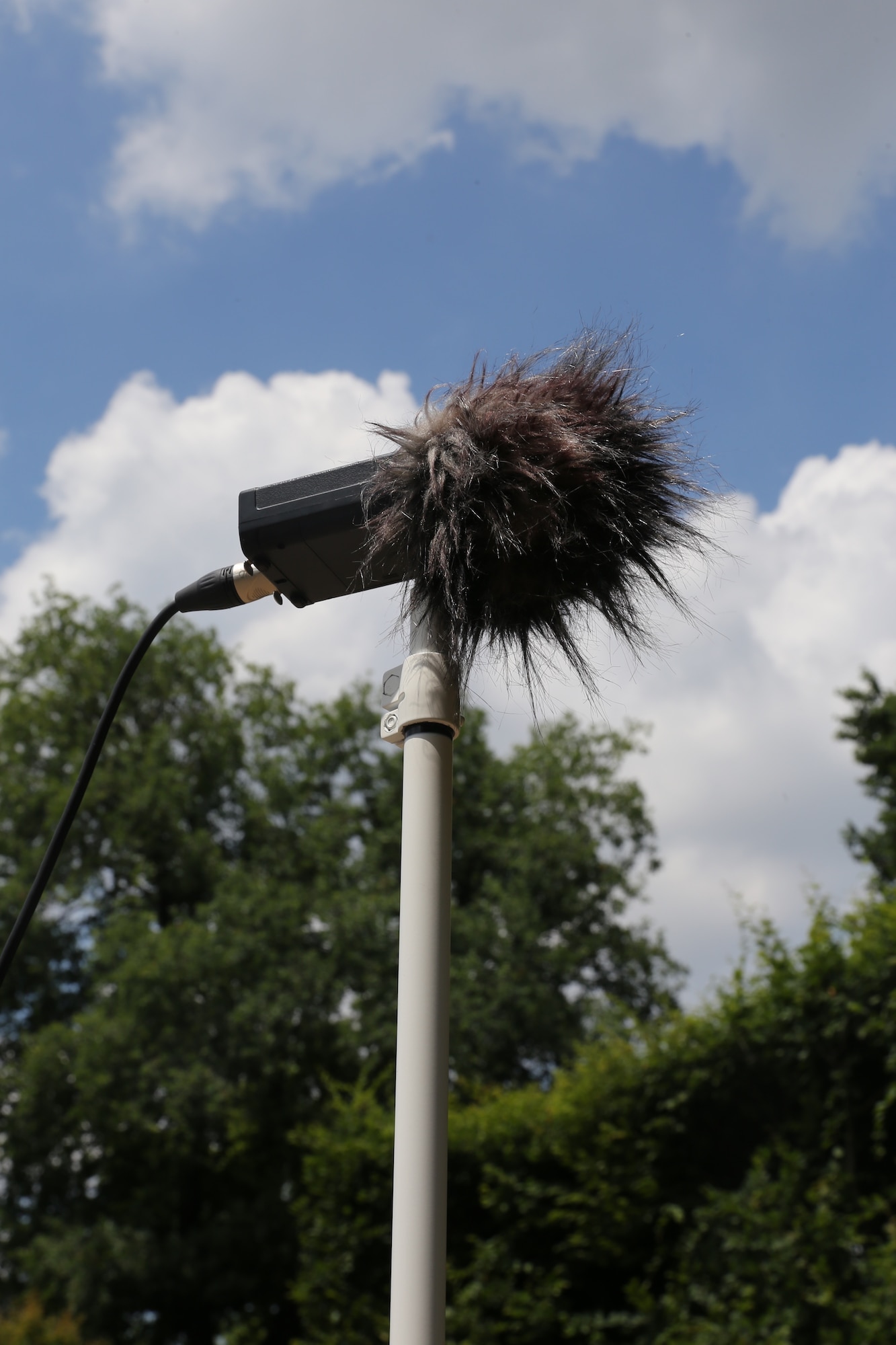
What is Radio Safari?
It is a beautiful project by Nicolò Tramontana with Chiara Rizzo linked to the ecology of sound: acoustic ecology related to the animal world. It is an important sound-photograph that documented the acoustic environment of Villa Arconati in 2020, in that precise historical period. Therefore, this is also a project of sensitization to an extended sustainability concept that is not the canonical one of waste or energy and water resources, but that takes into account a sound horizon that is very little talked about.
Now that you have recorded this sonic panorama of animals and plants, aren’t you afraid to interrupt it with the next Terraforma?
We are quite serene because we have had our reassurances from LIPU, an Italian birds protection association. Apparently the ecosystem of Villa Arconati will be able to withstand three days of sound invasion, of terraforming.
What will be the first trip you make as soon as it’s possible?
I saw that a festival friend of ours in Graz called Elevate has announced some artists for March, including Brian Eno, and I’m really tempted...
Opening image: Terraforma and Space Caviar, The Planting Project, 2020. Photo Mirko Cecchi



